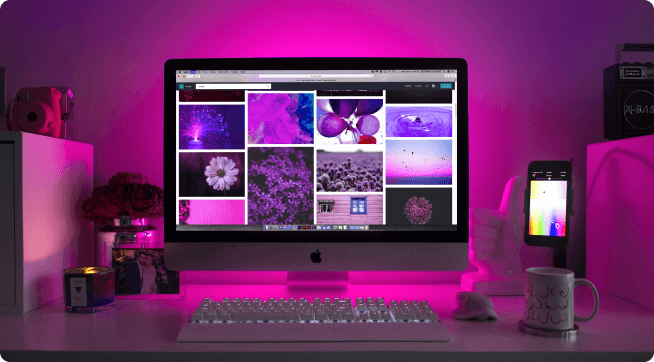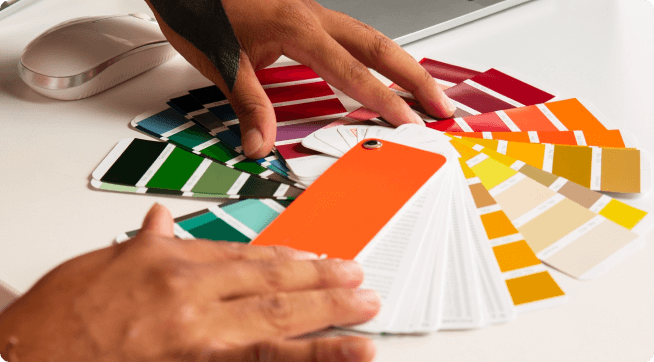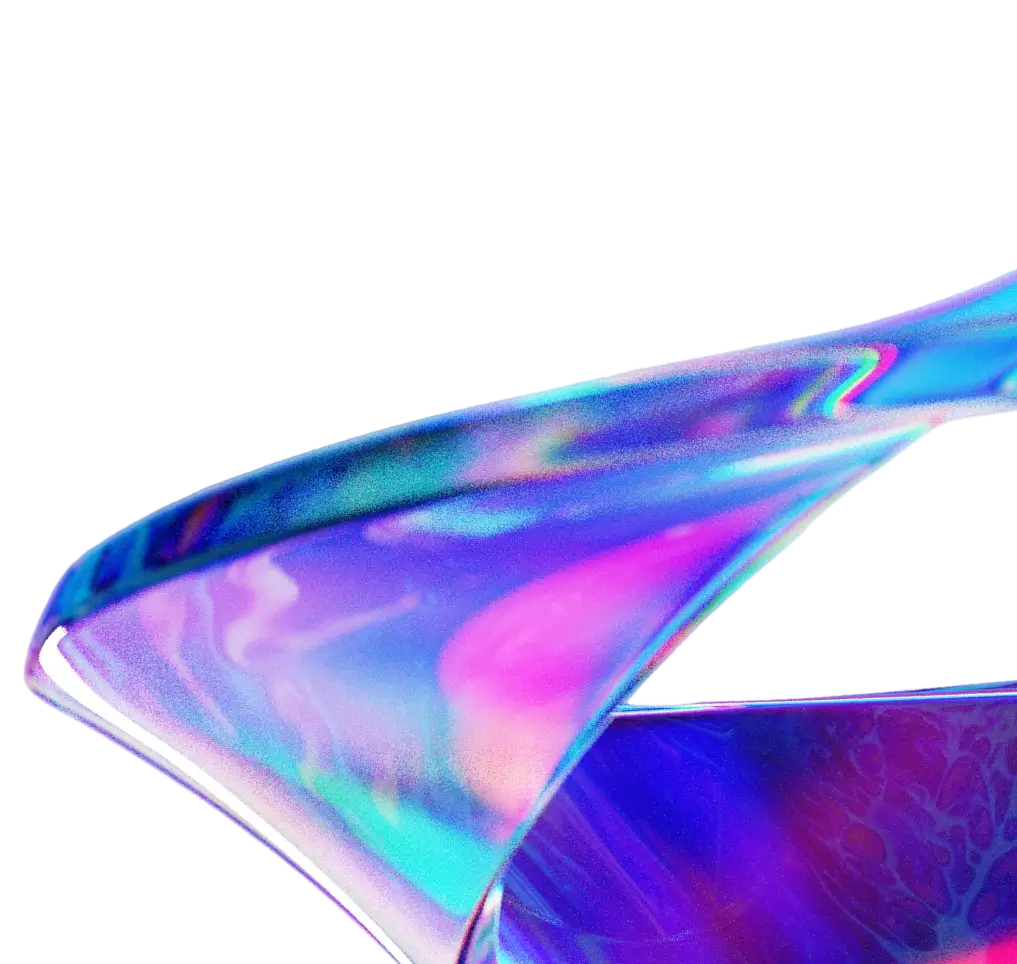design • 08.02.2024
5 Reasons Why Color is Important
Obviously, color scheme, chosen for a website, provokes certain response. Every person has favorite colors towards which he or she will tend to gravitate and colors or color combinations which irritate them. There are also some combinations that are considered to be ugly or bad coloristic solutions, because colors simply don’t match.
That’s why skilled designer must understand the importance of evaluating color schemes based on the brand, the meanings of the colors and the goods or services being promoted. Good color choices can influence visitors’ interpretation and their general impression as much as a website’s layout and typography.

Here are 5 reasons why color and color schemes are so important.
Reason №1.Color creates brand recognition
According to surveys, color increases brand recognition by 80%. Around 94% of respondents named web design among the primary stimulus of website first impressions. That means that design needs to be an accurate representation of the brand. Moreover, it needs to be memorable and catchy enough so that users would return after their first visit.
If company already has an established and recognizable color scheme, it’s essential to include these colors in website’s design. This will make it much easier for users to connect in their minds website, product and brand. Consistent across the entire website color scheme permits users to understand that they are in the right place regardless of the exact page they land on.
Reason №2.Color shapes visitors’ perception and feelings about website
Color is one of the easiest aspects of a page for understanding. It can be assessed almost instantaneously and doesn’t require visitors to evaluate content. That’s why it’s important to consider the role that the psychology of color plays in these immediate impressions and snap judgments.
Color can play a major role in “representing” brand’s personality: red color creates a feeling of excitement, energy, passion, courage. Orange is associated with optimistic, fun, adventurous emotions, while yellow is the color of enthusiasm, happiness and positivity as well. Blue represents trust, responsibility, honesty and security. Green is the color of growth and health as well as of harmony and balance. Purple and violet are associated with mystery, imagination, spirituality, sensitivity and luxury. Grey is practical, neutral, conservative and formal. Black is the color of power, control, authority, discipline and elegance.

Reason №3.Color creates a sense of order
To create a balance and sense of order one can resort to the basic principles of color theory, for example, the color wheel. The most common idea is the relationship between primary colors (red, yellow and blue), and the secondary and tertiary colors that are formed by mixing them together. Moreover, this wheel can help to create color harmony or visually pleasing combinations of colors, as well as establish a hierarchy of the most important content on each of the pages.
Reason №4. Color helps to distinguish Make certain elements stand out
A defined color palette can be helpful for signifying that certain elements are important. Color can help an item to stand out. That means that the item is more likely to be noticed and remembered. This means that designers can use color combinations with similar shades or highly contrasting palettes in their favor.
For better results, designers usually apply an “accent color”, which has a strong contrast, and the palette made up of relatively similar shades.
Reason №5.Color simplifies design-related decisions
Established color palettes present a great opportunity to cut down on the time required to create new pages. With established color scheme, one can make basic design choices much easier. For example, if designer is having trouble with determining which color to use for a “Save” button, he can simply reference the document for a complete list of color options, choosing from a pre-set list of colors.
If you’re not sure how to select the best web design color palettes, try to remember these easy tips: ideally, website color palettes reflect a business’s values, beliefs, and purpose. The color can cause certain associations. With the help of color, you can place accents and highlight important places. The color scheme allows you to maintain the integrity and coherence of the elements. The color combinations should be in harmony and not distract the user's attention.




